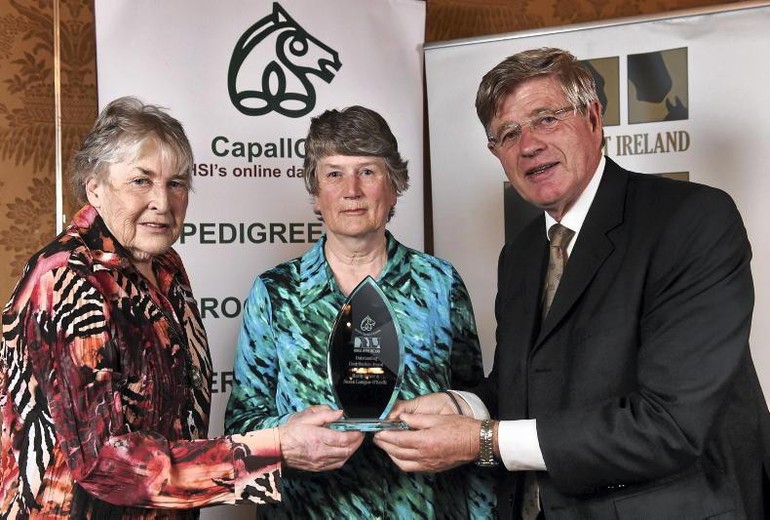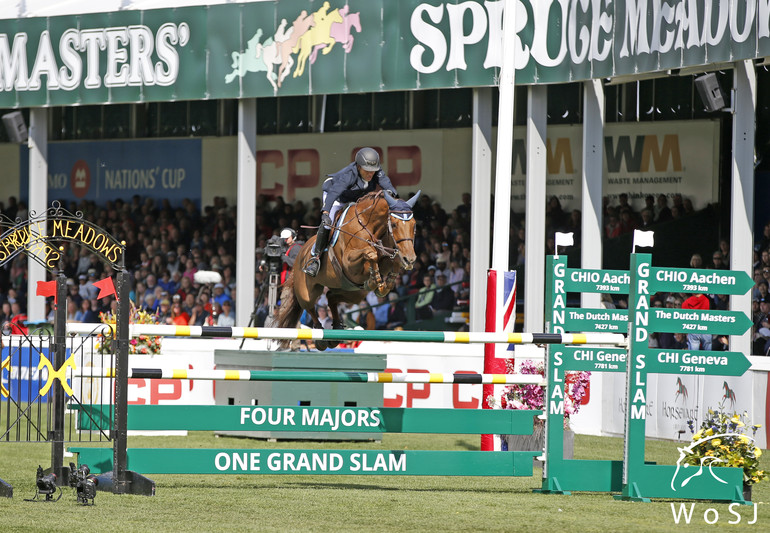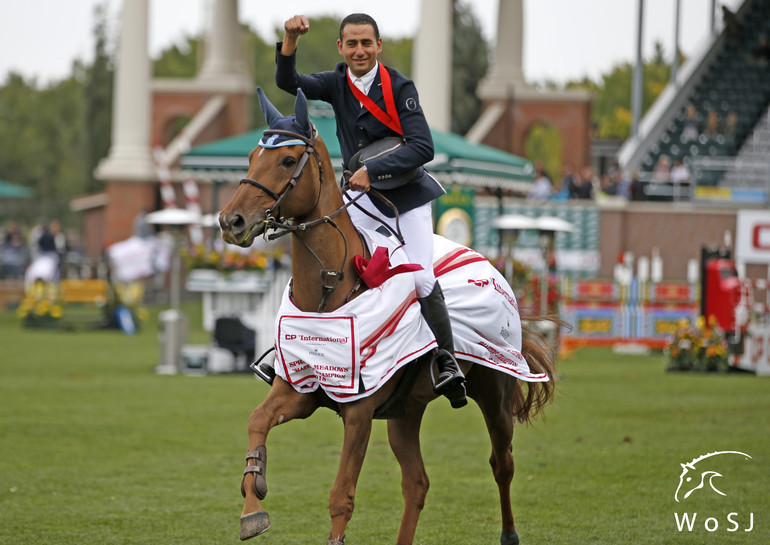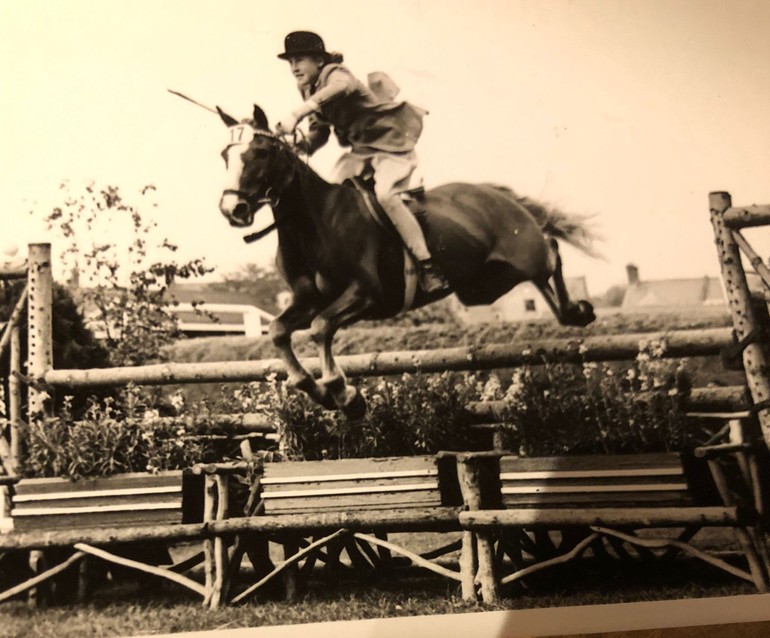World of Showjumping had a conversation about the changing landscape of showjumping and breeding of sport horses with Marily Power, who in 1978 founded the Suma Stud in Ireland with her late partner Susan Lanigan-O’Keeffe. “We did not go into breeding thinking it was a business, we got into it because we liked horses,” Marily says. “I think the message ‘be kind’ is very important. If everyone was kinder, we would be better off – but instead people seem to only think about money and getting more of everything.”
Susan + Marily = Suma
“Most Irish people start breeding when they have a horse that they have been fond off retire,” Marily says. “That is how it often happens. In my case, I was born in England and moved to Ireland in my middle age and we had only ever bred hunters. When I came over here, I met Susan and her family had always bred horses – mostly race horses and Connemaras. Her mother was a very well-known Connemara judge. I had a nice mare in England that I used to ride – I was not good at it, but I enjoyed it – and she was a lovely horse. We bred her to a thoroughbred and she had some nice foals. I wanted to try something else and at that point Susan and I got together and founded Suma Stud.”
“It is a bit over the top calling it a stud anymore,” Marily says about the breeding operation that started in 1978. “I am closer to eighty than seventy and my partner Susan passed away two years ago. I have a couple of mares still and I keep the filly foals if I can. I keep them for a while to see if they can go somewhere where they will be bred for me if they seem any good.”
Suma Stud’s name comes from the combination of Susan and Marily’s first names. In 2015, the two were honoured by Horse Sport Ireland with an award for their outstanding contribution to Irish Sport Horse breeding. Susan and Marily were among the first to import frozen semen and top showjumping stallions to Ireland. In co-operation with the VDL Stud, Marily and Susan brought VDL Ricochet, VDL Taloubet, VDL Pessoa and VDL Arkansas to the country and were also involved in bringing over Ard VDL Douglas – the sire of Suma’s Zorro. “It would be easy for me to say that she was planned to be absolutely special, but she wasn’t,” Marily tells. “We knew there was ability in the family, but we could never claim she was the pinnacle of our breeding. She turned out to be, but if she didn’t end up with Joanne Sloan-Allen and Sameh El Dahan, I think it would have been a different story; she would not have done everything for just anybody.”
All you can do is hope
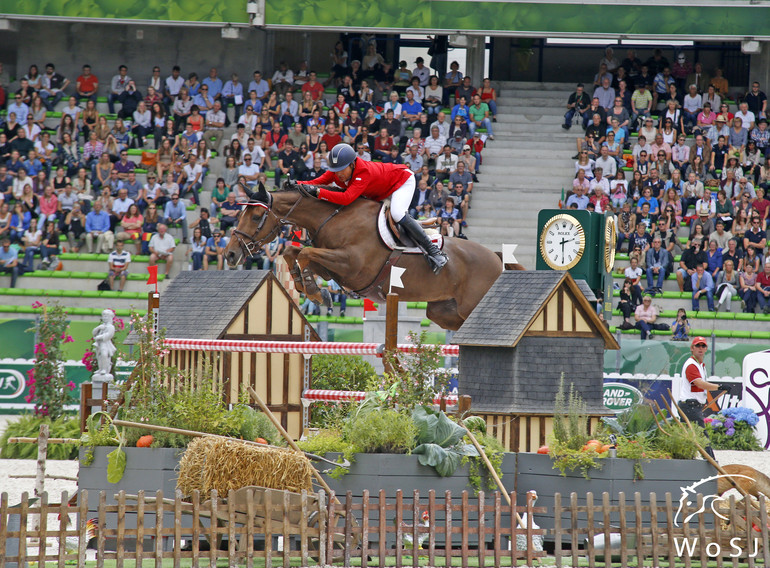
“We knew there was ability in the family, but we could never claim she was the pinnacle of our breeding. She turned out to be, but if she didn’t end up with Joanne Sloan-Allen and Sameh El Dahan, I think it would have been a different story; she would not have done everything for just anybody," Marily says about Suma's Zorro. Photo © Jenny Abrahamsson for WoSJ.
“Collecting semen, insemination, we did everything,” Marily tells about the time when she and Susan were still active with the Suma Stud. “It was all very new back then and you just had to keep learning, and some things worked and some not. We had a modern barn and wanted to bring new stallions to the country, so we started a partnership with VDL. In the beginning we had frozen semen from their stallions – I remember we had a tank full of top continental stallions at one point.”
“We never wanted to be the next Paul Schockemöhle or anything like that, we wanted to breed the best we could and give the horses the best start,” Marily continues. “We bought a couple of mares from the continent and they did us quite well. We started to try and produce more draft mares which were the foundation of the Irish horse and got very successful with that, that was what we were known for. However, all you can do with breeding is hope – hope for the best, go for the best, do the best you can. All we ever hoped for was that the horses we bred got minded; looked after and that the people who bought them were kind to them and vice versa.”
You can bring a horse to water, but you can’t make it drink
Susan and Marily used to do all the work at the stud themselves. “We got help from working pupils though, who would come over for a certain length of time and we would try to teach them. We gave them accommodation and fed them, but they only got peanuts for pocket money. Some very good people came through us and went on to have their own businesses. We gave them something to ride even though we did not have a competition yard. You can take a horse to water, but you can’t make it drink – and it is the same with young people. You can give them all the knowledge, but you can’t do it for them. They have to want to do things and have to want to learn.”
“In regard to stallions, what we always said was that they are a horse first, but never forget that they are a stallion,” Marily continues. “This was the most important advice you could give them, for safety. Your nicest, kindest stallion is still a stallion and what people always think about is getting kicked. But it is the mares that kick, stallions are much more dangerous on the front-end than they are on the back-end. After that advice, it was a question of how horses are herd animals and they need to be in a bunch; separation with horses is not good, they need to be a part of a family. You always have to be aware of everything, that is the general advice I would give in stable management, and in riding, you should allow the horse to find its own balance.”
“There are great facilities in Ireland, but people are much more interested in racing than they are in sport horses: They are only interested in sport when Ireland is on top of the world – which doesn’t always happen. Anybody who is truly interested goes to Europe or to America to learn more. Certainly, the riders don’t have enough horses and opportunities here to get international experience, there just aren’t enough shows for them.”
A bit of uniqueness
“I think that ICSI is taking selective breeding too far,” Marily says about the methods used in breeding nowadays. “I don’t think it does anyone any good; it is only for money. I don’t like seeing a mare have ten foals in a space of two years, that is just milking them. In the very old days breeding was about finding a unique mix. When we were breeding with thoroughbreds, it was the case that because we were not in top league – we had very modest mares – we had to choose a stallion which was not over-used. That was the way for us to have a bit of uniqueness about it.”
“In my opinion, we should stop interfering so much in the reproduction part,” Marily continues. “I feel people should try to not make so much cash out of horses, but instead think more of them as horses and individuals. Before, stallions covered about 50 mares in a season and now the numbers are in the hundreds. I wonder where we are going; in the end everyone will have the same horse, at least pedigree-wise. Over here, they stopped using the thoroughbreds as a stallion, that is going out of fashion – they love a big horse. You can have the best horse in the world, but if it is small, they are not interested.”
“There is also a terrible tendency of wanting to do things today and not tomorrow, thinking that tomorrow is too late. They have started getting this fashion for lose jumping and getting prizes on that with the young horses. That does not help the animal or the Irish breeders, I believe everyone does it to some extend but some do too much. All we ever thought about when selling our horses was that they go to someone who will love them, feed them and give them the best chance of doing whatever that horse is best capable of doing.”
Things will never be the same
“The sport has improved, but we are constantly realizing that not everyone is thinking about the welfare of the horse,” Marily says about the future. “However, I would still like to believe that most people love horses as individuals and see them as part of the family. There was a generation of this sort in the 1950s and even though their sons and daughters did not want to be in horses at all, their grandchildren are now finding an interest in them. The knowledge is passed on from previous generations – some of which is good and some of course needs adapting. I love to watch jumping and I hope the sport finds a way to continue.”
“I hope that they don’t ever totally stop jumping on turf and go on with only sand arenas,” Marily continues. “I think the turf is much kinder to the horses, it is much more as their natural habitat. It is incredible, watching the competitions nowadays, but I think we have to be careful not to ask too much of the horses. The courses they jump and the twists and turns… They look at a pole and breath on it and it is gone, and the winner is always determined by their speed. I think we have to be careful not to go over the top: There is always someone pushing for higher, faster. I have no fixed opinions on where the sport will go next, but I am sure the new Olympic format is not the right direction. This business with having only three riders now is very wrong, we all know that – everyone who’s ever competed, anyway. It is so easy to knock one fence or take two seconds too long to go around the corner. We are asking more and more of the horses and I don’t think that is fair.”
“Will things ever be the same? They won’t,” Marily concludes. “That is the world we live in; we are forced to progress.”
No reproduction without written permission, copyright © World of Showjumping.com



